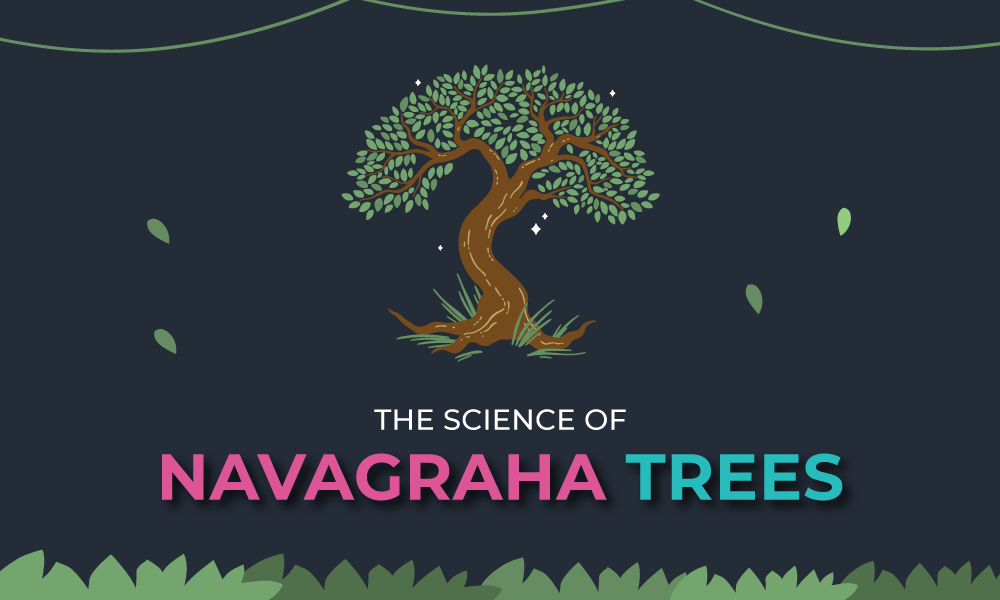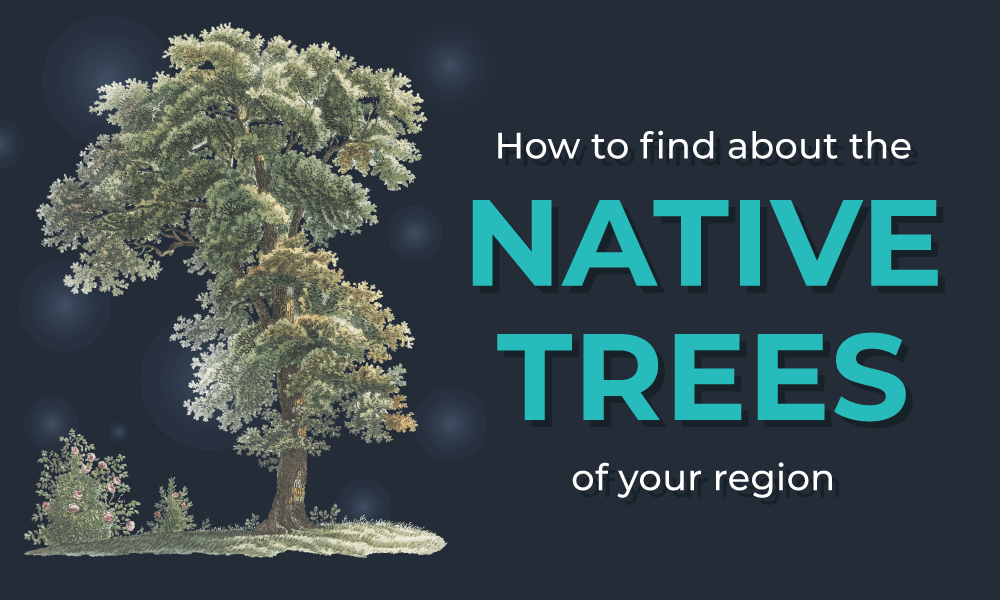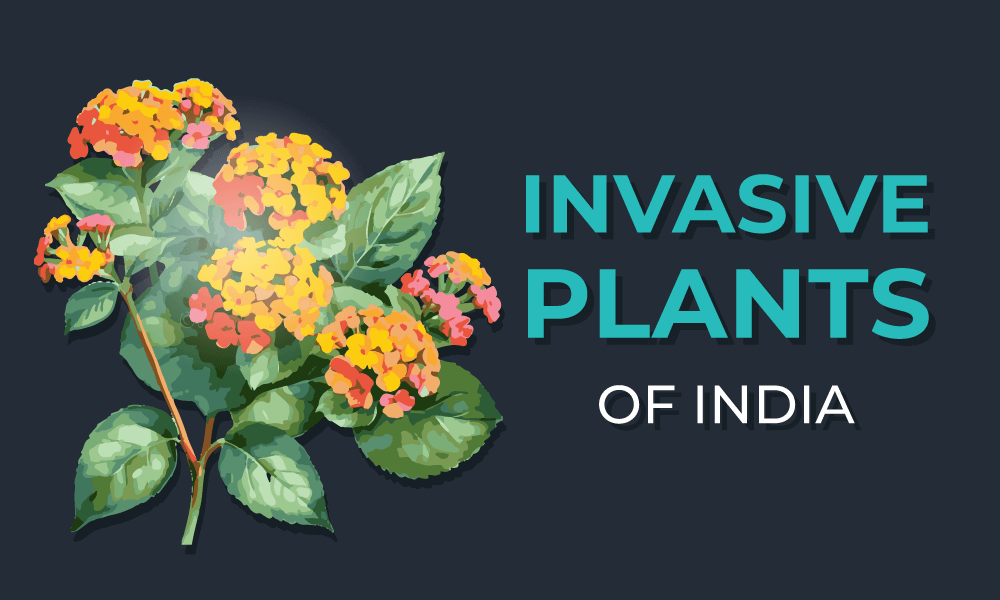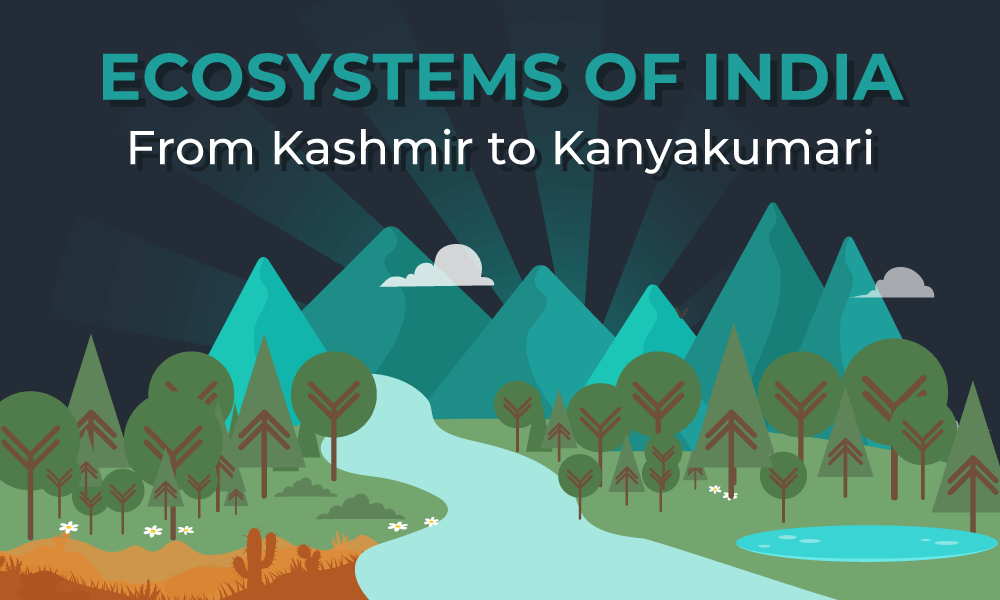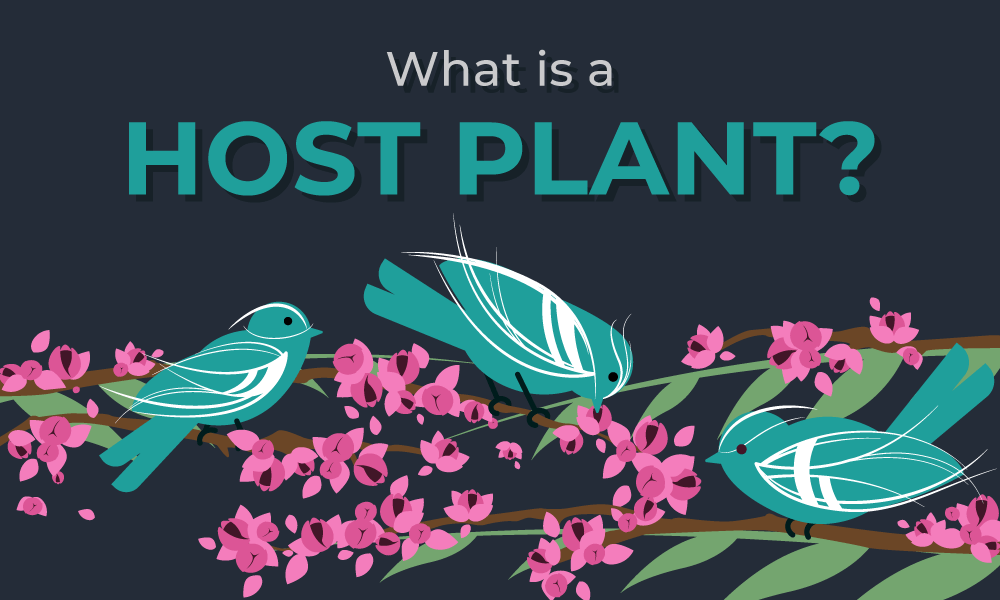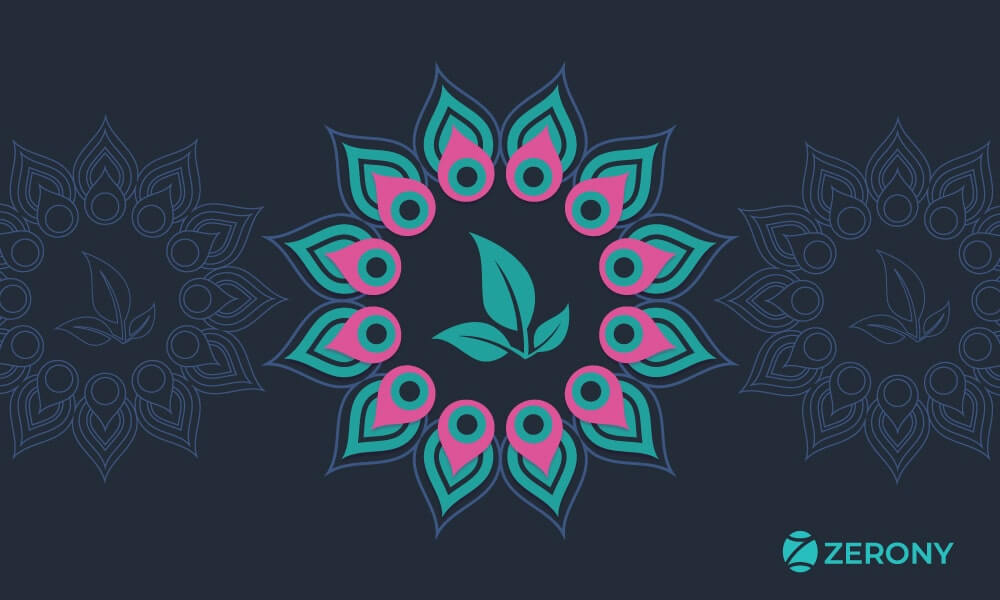When you think of a cactus, you probably imagine a tall, spiky plant standing under the hot desert sun. That’s a cactus! Cacti (the plural of cactus) are some of the most interesting plants on Earth. Cacti are plants that can survive in very dry places, like deserts. But did you know that cacti also grow in India? Although India is famous for its forests, rivers, and mountains, it also has some regions where cacti thrive. In this blog, we will learn all about the types of cacti found in India, how they survive, and why they are important.
What is a Cactus?
A cactus is a special type of plant that can store water inside its body. This helps it survive in very hot and dry conditions, where other plants would struggle to live. Cacti are often found in deserts, but they can also be found in other dry areas. Cacti have adapted to survive in environments where water is scarce.
Instead of leaves, most cacti have spines (sharp points) that help protect the plant from animals and keep the water inside from evaporating. The stem of the cactus is thick and fleshy, which is where it stores water. This is how a cactus can survive for months without any rain.
Cacti of India
India has many different types of environments, including deserts, dry forests, and semi-arid regions, where cacti can grow. The most famous desert in India, the Thar Desert, is home to several kinds of cacti. The climate in this desert is very hot during the day and can be quite cold at night, with very little rainfall. Cacti thrive here because they are used to these extreme conditions.
Here are some common types of cacti found in India:

Opuntia (Prickly Pear Cactus)
The Opuntia cactus, also known as the prickly pear, is one of the most common cacti in India. It has flat, round pads that look like large green pancakes stacked on top of each other. These pads are covered with small, sharp spines.
Where It Grows: Opuntia is found in the Thar Desert and other dry regions in Rajasthan, Gujarat, and parts of Maharashtra.
Uses: The prickly pear cactus is used in many ways in India. The fruits, called “tunas,” are eaten in some parts of the country. They are sweet and juicy and are often used to make jams, jellies, and drinks. The pads of the cactus, known as “nopales,” are also edible and used as vegetables in some cultures.

Euphorbia Cactus
The Euphorbia cactus looks very different from other types of cacti because it has thick, upright stems that can grow very tall. It often has small leaves and tiny spines. Unlike most other cacti, Euphorbia produces a white, milky sap when cut.
Where It Grows: Euphorbia cacti are found in many parts of India, including Rajasthan, Gujarat, Madhya Pradesh, and even some southern states like Tamil Nadu.
Uses: Euphorbia is often planted as a fence or boundary in villages because its spiny structure helps keep animals out. However, the sap of this cactus can be toxic and should not be touched.

Cereus Cactus
The Cereus cactus is a tall, column-shaped cactus that can grow up to 10 meters in height. It has multiple stems that rise straight up from the ground, with sharp spines covering the surface.
Where It Grows: This cactus is found in dry regions across Rajasthan and Gujarat. It is also commonly seen in gardens and as ornamental plants in homes.
Uses: The Cereus cactus is mainly grown for decoration, but it also has medicinal uses. In traditional medicine, the pulp of the cactus is used to treat minor skin injuries and burns.

Mammillaria Cactus
The Mammillaria cactus is a small, round cactus that often looks like a ball covered in small spines. It has a beautiful pattern of spines that make it look like a star. It also produces small pink or red flowers during certain seasons.
Where It Grows: Mammillaria is commonly grown in homes and gardens in India because it is small and easy to care for. It is not found as much in the wild, but it can survive in dry environments.
Uses: Mammillaria is mostly used as a decorative plant because of its beautiful appearance.

Queen of the Night (Epiphyllum oxypetalum)
This cactus is famous for its large, white, fragrant flowers that bloom only at night. The flowers are big and beautiful, but they only last for one night, making them very special.
Where It Grows: The Queen of the Night is often grown in gardens and homes in India, especially in places like Kerala, Tamil Nadu, and Karnataka. It prefers a more tropical environment, unlike the desert cacti.
Uses: This cactus is mostly grown for its beautiful flowers, which are admired by many people.
How Do Cacti Survive?
Cacti have some amazing tricks to help them survive in very dry places. Here’s how they do it:
Storing Water: Cacti can store a lot of water in their thick, fleshy stems. When it rains, they absorb as much water as possible and store it for later use. This helps them survive for long periods without rain.
Spines Instead of Leaves: Most cacti don’t have leaves. Instead, they have spines. Leaves would lose water because of evaporation, but spines help protect the plant and reduce water loss.
Shallow Roots: Cacti have roots that spread out close to the surface of the soil. This allows them to quickly soak up any rainwater before it evaporates in the hot desert sun.
Waxy Coating: The surface of a cactus is often covered in a waxy coating. This helps to seal in moisture and prevent the plant from drying out.
Importance of Cacti
Cacti are not only interesting plants, but they are also very important for the environment and for people. Here are a few reasons why:
Erosion Control: In dry areas, the roots of cacti help hold the soil in place and prevent it from being blown away by the wind.
Food for Animals: Some animals in the desert eat parts of the cactus, especially during dry seasons. The water stored in the cactus helps these animals survive when there is no other source of water.
Medicinal Uses: Cacti have been used in traditional medicine for hundreds of years. Some cacti have properties that help heal wounds, reduce inflammation, and even treat digestive problems.
Decorative Plants: Cacti are popular as ornamental plants because they are easy to care for and come in many shapes and sizes. People in India grow them in gardens, homes, and offices to add a touch of greenery.
Cacti are incredible plants that have adapted to live in some of the toughest environments in the world. In India, you can find cacti growing in deserts, dry regions, and even in gardens and homes. They are not just beautiful to look at but also provide food, medicine, and protection. Next time you see a cactus, remember all the amazing things it can do! Whether it’s a tall Cereus or a small prickly pear, cacti are truly some of nature’s toughest and most fascinating plants.



























